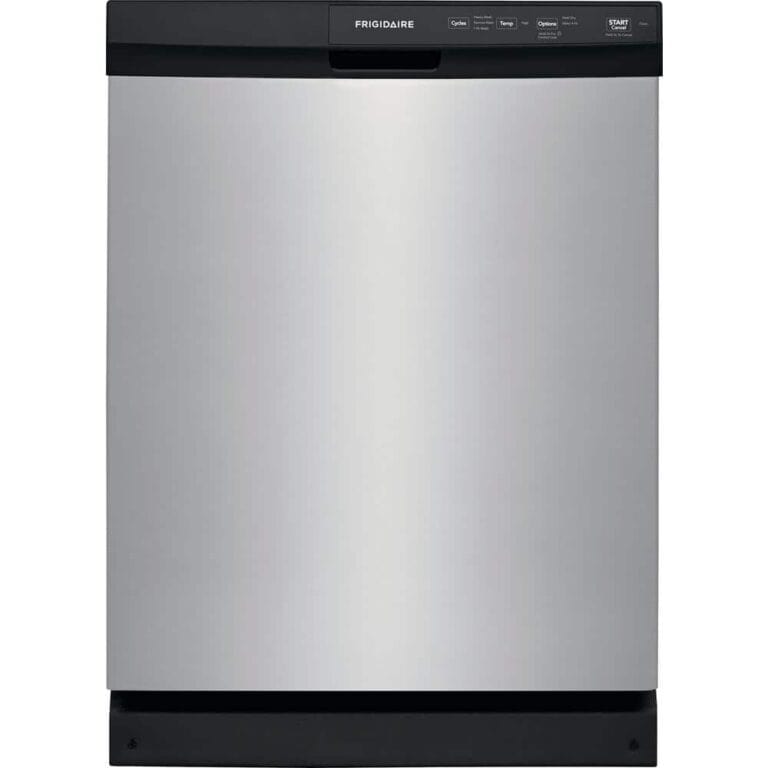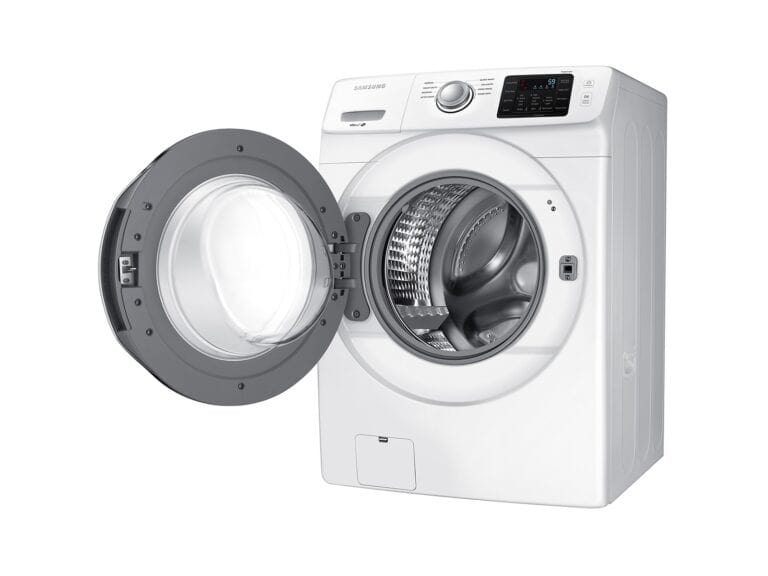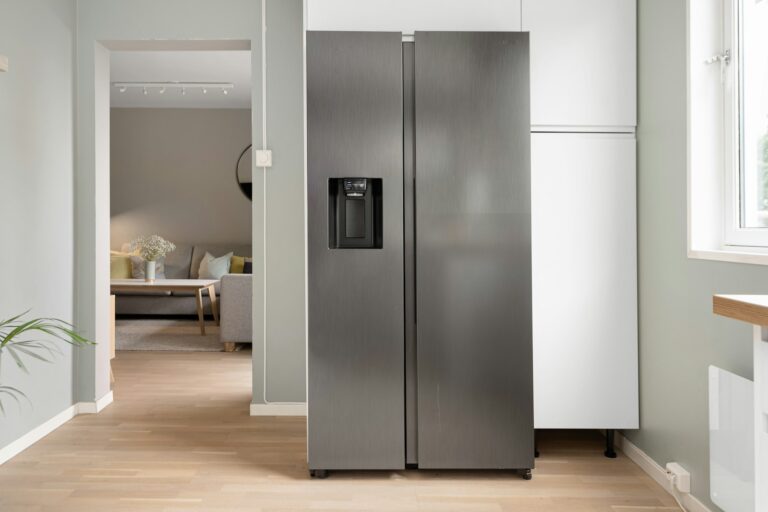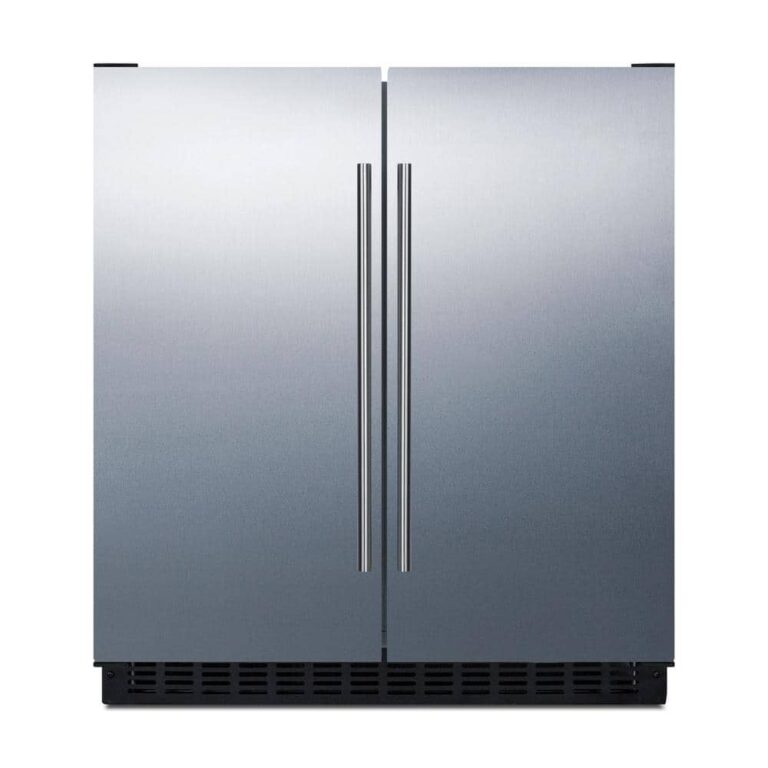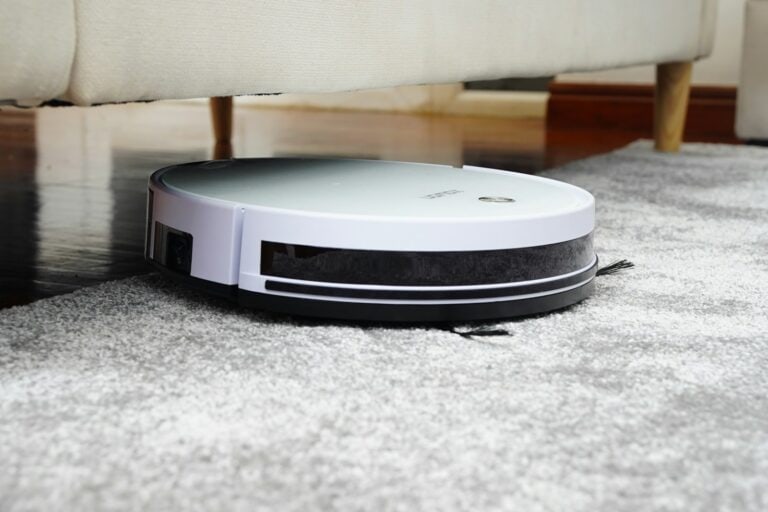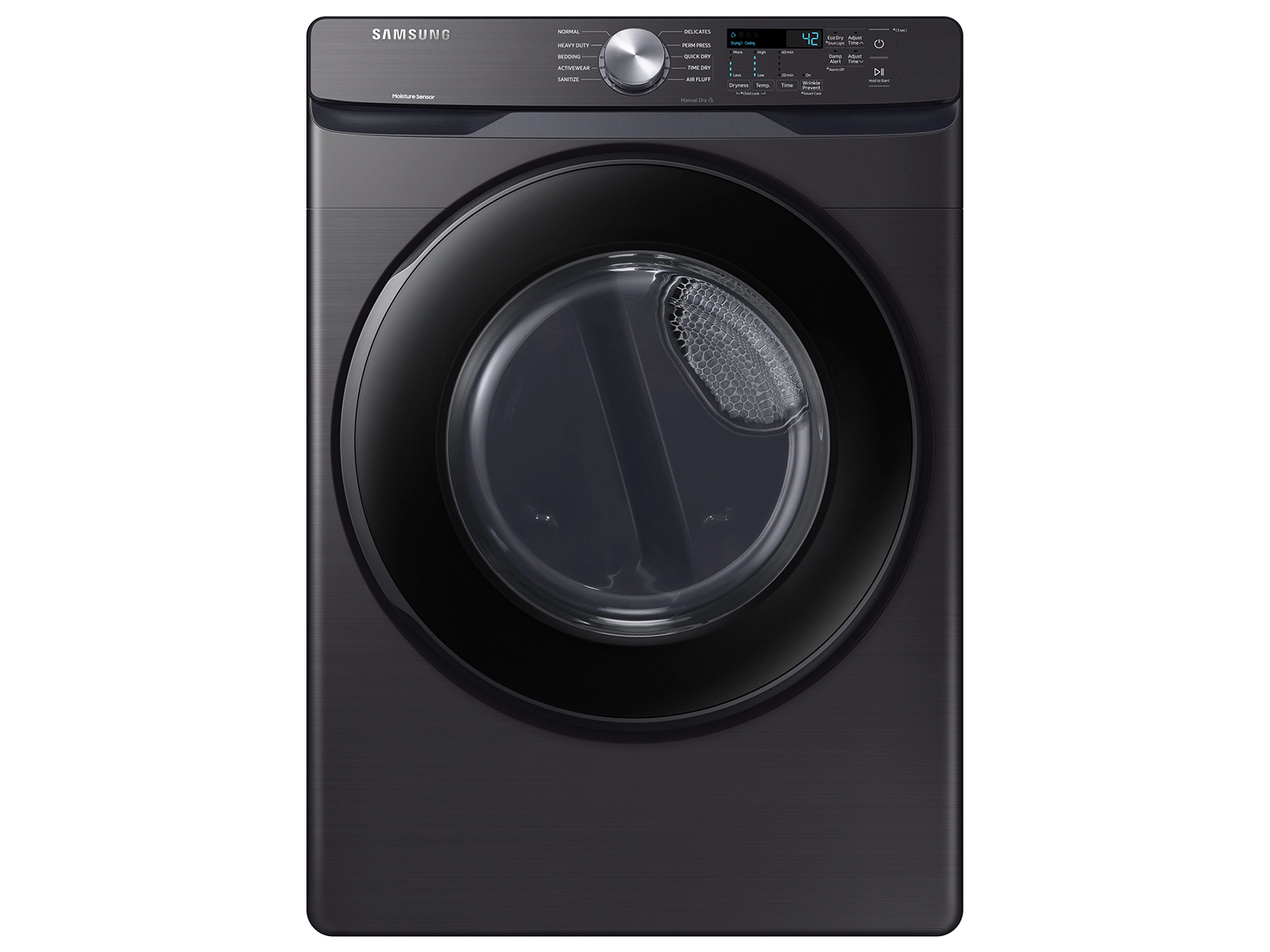
A gas dryer that stops heating can leave you with damp clothes and a lot of frustration. This common issue often stems from a few key components in the dryer. The most frequent causes of a gas dryer not heating include a faulty thermal fuse, a defective igniter, or problematic gas valve solenoids.
Identifying the root cause of the heating problem is crucial for a quick and effective fix. Gas dryers have several safety features that can shut off the heat if they detect potential issues. These features protect against overheating and gas leaks, but they can also be the source of heating problems when they malfunction.
Troubleshooting a gas dryer that’s not heating requires some basic knowledge of dryer components and safety precautions. While some fixes are simple, others may require professional help. Regular maintenance can prevent many heating issues and extend the life of your dryer.
Troubleshooting a Gas Dryer That’s Gone Cold: A Practical Guide
A gas dryer that stops heating can disrupt your laundry routine. But before you call a repair technician, there are several troubleshooting steps you can take to identify and potentially fix the problem yourself.
Safety First
Always prioritize safety when working with gas appliances:
- Turn Off Gas and Power: Disconnect the dryer from both the gas supply and the electrical outlet before starting any repairs.
- Ventilate the Area: Ensure proper ventilation to prevent any gas buildup.
Common Causes and Solutions
- Check the Gas Supply:
- Ensure the gas valve to the dryer is turned on.
- Check for any kinks or blockages in the gas line.
- If you suspect a gas leak, contact a qualified technician immediately.
- Inspect the Power Cord and Outlet:
- Make sure the dryer is plugged in securely to a functioning outlet.
- Test the outlet with another device to ensure it’s working correctly.
- Clean the Lint Filter:
- A clogged lint filter can restrict airflow and cause the dryer to overheat and shut off.
- Clean the lint filter after each use to prevent this issue.
- Check the Thermal Fuse:
- The thermal fuse is a safety device that cuts off power to the heating element if the dryer overheats.
- Use a multimeter to test the continuity of the thermal fuse. If it’s blown, replace it with a new one.
- Inspect the Igniter:
- The igniter is responsible for lighting the gas burner.
- Visually inspect the igniter for any damage or signs of wear.
- If the igniter is faulty, replace it with a new one.
- Check the Gas Coils:
- Gas coils open and close to allow gas to flow to the burner.
- Test the coils with a multimeter to ensure they are functioning correctly.
- If the coils are faulty, replace them.
- Inspect the Flame Sensor:
- The flame sensor detects the presence of a flame and signals the gas valve to stay open.
- Clean the flame sensor with steel wool to remove any buildup that might be interfering with its operation.
- Examine the Vent:
- A clogged dryer vent can restrict airflow and cause the dryer to overheat.
- Disconnect the vent and check for any blockages.
- Clean the vent regularly to prevent this issue.
Troubleshooting Table
| Problem | Possible Cause | Solution |
|---|---|---|
| Dryer not heating | Gas supply off | Turn on gas valve |
| Dryer not heating | Power cord not plugged in | Plug in power cord |
| Dryer not heating | Clogged lint filter | Clean lint filter |
| Dryer not heating | Blown thermal fuse | Replace thermal fuse |
| Dryer not heating | Faulty igniter | Replace igniter |
| Dryer not heating | Faulty gas coils | Replace gas coils |
| Dryer not heating | Dirty flame sensor | Clean flame sensor |
| Dryer not heating | Clogged vent | Clean vent |
When to Call a Professional
If you’ve tried these troubleshooting steps and your dryer is still not heating, it’s best to call a qualified appliance repair technician. They have the expertise and tools to diagnose and fix more complex issues.
Maintaining Your Gas Dryer
Regular maintenance can help prevent problems and extend the life of your gas dryer:
- Clean the Lint Filter: Clean the lint filter after each use.
- Inspect and Clean the Vent: Check and clean the vent periodically to prevent clogs.
- Check the Gas Line: Inspect the gas line for any signs of damage or leaks.
- Schedule Professional Service: Consider scheduling professional maintenance every few years to ensure optimal performance and safety.
Key Takeaways
- Check the thermal fuse, igniter, and gas valve solenoids first when a gas dryer won’t heat
- Safety features in gas dryers can cause heating issues if they malfunction
- Regular maintenance helps prevent heating problems and extends dryer lifespan
Understanding Gas Dryer Components
Gas dryers contain several key components that work together to generate heat and dry clothes effectively. These parts are crucial for proper dryer operation and troubleshooting heating issues.
Gas Valve and Coils
The gas valve controls the flow of gas to the burner assembly. It contains solenoid coils that open and close the valve when energized. A typical gas dryer has two or three solenoid coils.
When the dryer calls for heat, an electrical current activates these coils. This opens the valve, allowing gas to flow to the burner. If one or more coils fail, the valve may not open fully or at all, resulting in no heat or insufficient heat.
Regular inspection of the gas valve and coils is important for safety and efficiency. A multimeter can test coil continuity to identify faulty components.
Thermal Fuse and Thermostats
The thermal fuse and thermostats act as safety devices in gas dryers. They prevent overheating and potential fires.
The thermal fuse is a one-time use component. It blows if the dryer gets too hot, cutting off power to the heating system. Once blown, it must be replaced.
Thermostats regulate temperature during the drying cycle. The high-limit thermostat shuts off heat if temperatures exceed safe levels. The cycling thermostat turns the heat on and off to maintain the desired temperature.
Faulty thermostats can cause no heat, insufficient heat, or overheating. Testing these components with a multimeter can identify issues.
Igniter and Flame Sensor
The igniter and flame sensor work together to start and maintain the gas flame. The igniter glows hot to light the gas when the cycle begins. It’s often the first component to fail in a gas dryer.
The flame sensor detects if a flame is present. If it doesn’t sense a flame, it shuts off the gas supply for safety. A faulty flame sensor can prevent the dryer from heating even when other components are working correctly.
Regular cleaning of the igniter and flame sensor can prevent many heating issues. Replacement is necessary if these parts fail electrical continuity tests.
Troubleshooting Common Heating Issues
Gas dryers can stop heating due to various issues. Identifying and addressing these problems often involves checking key components and systems.
Verifying Gas Supply and Valve Operation
Check if the gas supply is active. Locate the gas shutoff valve near the dryer. Ensure the handle is parallel to the pipe, indicating it’s open. If closed, open it carefully.
Inspect the gas supply line for kinks or damage. A blocked line can prevent gas flow. Listen for a hissing sound when the dryer starts, indicating gas flow.
Test the gas valve coils with a multimeter. Disconnect power and remove the back panel. Measure resistance across the terminals. Typical readings range from 1000-2000 ohms. Replace faulty coils if needed.
Inspecting the Ignition Process
Examine the dryer igniter. Remove the front panel and locate the igniter near the burner assembly. A working igniter glows bright orange when the dryer starts.
If the igniter doesn’t glow, it may be faulty. Test it with a multimeter for continuity. No continuity means replacement is necessary.
Check the flame sensor. This device detects if the gas has ignited. A faulty sensor can shut off gas supply. Clean it gently with fine-grit sandpaper if dirty.
Checking the Thermal Fuse and Electric Circuitry
Locate the thermal fuse, usually on the blower housing or exhaust duct. This safety device cuts power if the dryer overheats.
Test the fuse with a multimeter. If it shows no continuity, it’s blown and needs replacement. A blown fuse often indicates a clogged vent or faulty thermostat.
Inspect the heating element in electric dryers. Test for continuity across the terminals. Replace if faulty.
Check for error codes on digital displays. Consult the user manual to interpret codes, which can point to specific issues.
Maintenance Tips for Optimal Dryer Performance
Regular maintenance is crucial for keeping your gas dryer running efficiently and preventing heating issues. These tips will help extend the life of your appliance and ensure optimal performance.
Cleaning the Lint Screen and Exhaust Duct
Clean the lint screen before every load. This simple step improves airflow and reduces fire risks. Remove the screen and wash it with soap and water every few months to remove built-up fabric softener residue.
Check the exhaust duct regularly for lint buildup. Disconnect the duct from the dryer and vacuum it out. Use a flexible brush to reach deep into the duct and remove stubborn lint. Clean the exterior vent as well, ensuring the flap moves freely.
For thorough cleaning, consider hiring a professional duct cleaning service annually. This is especially important for long or complex duct systems.
Selecting Appropriate Load Sizes
Proper load sizing is key to efficient drying. Overloading the dryer can lead to longer drying times and increased energy consumption.
Fill the drum about 3/4 full for optimal performance. This allows clothes to tumble freely and dry evenly. For heavy items like towels or blankets, reduce the load size further.
Separate heavy fabrics from lightweight ones. This prevents over-drying of delicate items and ensures consistent results.
Use dryer balls to help separate clothes and improve air circulation. This can reduce drying time and save energy.
Regular Inspections and Error Code Understanding
Inspect your dryer periodically for signs of wear or damage. Check the drum seal, belt, and rollers for any visible issues.
Familiarize yourself with common error codes in your dryer’s manual. Many modern dryers display codes that indicate specific problems.
Common codes include:
- “AF”: Airflow restriction
- “F01”: Thermostat failure
- “F23”: Burnt heating element
If you encounter an error code, consult the manual for troubleshooting steps. Some issues may require professional repair.
Listen for unusual noises during operation. Squealing or thumping sounds may indicate belt or roller problems. Address these promptly to prevent further damage.
Frequently Asked Questions
Gas dryer heating problems are common issues homeowners face. These questions address troubleshooting steps, common causes, and safety considerations for gas dryers that have stopped heating.
What are common reasons for a gas dryer to stop heating?
A gas dryer may stop heating due to a faulty thermal fuse, broken heating element, or clogged vents. Ignition issues, such as a defective flame sensor or gas valve, can also prevent heating. Regular maintenance and cleaning can prevent many of these problems.
How do you troubleshoot a gas dryer that is not producing heat?
Start by checking the power supply and gas connection. Inspect the thermal fuse and thermostat for continuity. Clean the lint filter and exhaust vent to ensure proper airflow. If these steps don’t work, examine the igniter, flame sensor, and gas valve for signs of damage or malfunction.
What steps should be taken if a Whirlpool gas dryer is running but not heating?
Check the thermal fuse located on the blower housing or exhaust duct. Ensure the gas supply is on and the igniter is working properly. Inspect the flame sensor and gas valve coils. If these components appear functional, a professional technician may need to diagnose more complex issues.
Can the heating element in a gas dryer be easily replaced, and what is the typical cost?
Gas dryers don’t have heating elements like electric dryers. Instead, they use a burner assembly. Replacing a gas burner assembly can be complex and potentially dangerous. It’s best to hire a professional. Costs typically range from $150 to $400, including parts and labor.
Are there simple checks to perform on a new gas dryer that is not heating?
Verify that the gas supply is turned on and the dryer is properly connected. Check that the lint filter is clean and the vent is unobstructed. Ensure the dryer is not in an air-dry or fluff cycle. If these checks don’t resolve the issue, contact the manufacturer or seller, as the problem may be covered under warranty.
How can one safely inspect a gas dryer for issues that might cause it to cease heating?
Unplug the dryer and turn off the gas supply before inspecting. Check for visible damage to the igniter, flame sensor, and gas valve. Look for lint buildup in the lint trap and vent system. Avoid disassembling components without proper knowledge. If unsure, contact a qualified technician to perform a thorough inspection.

